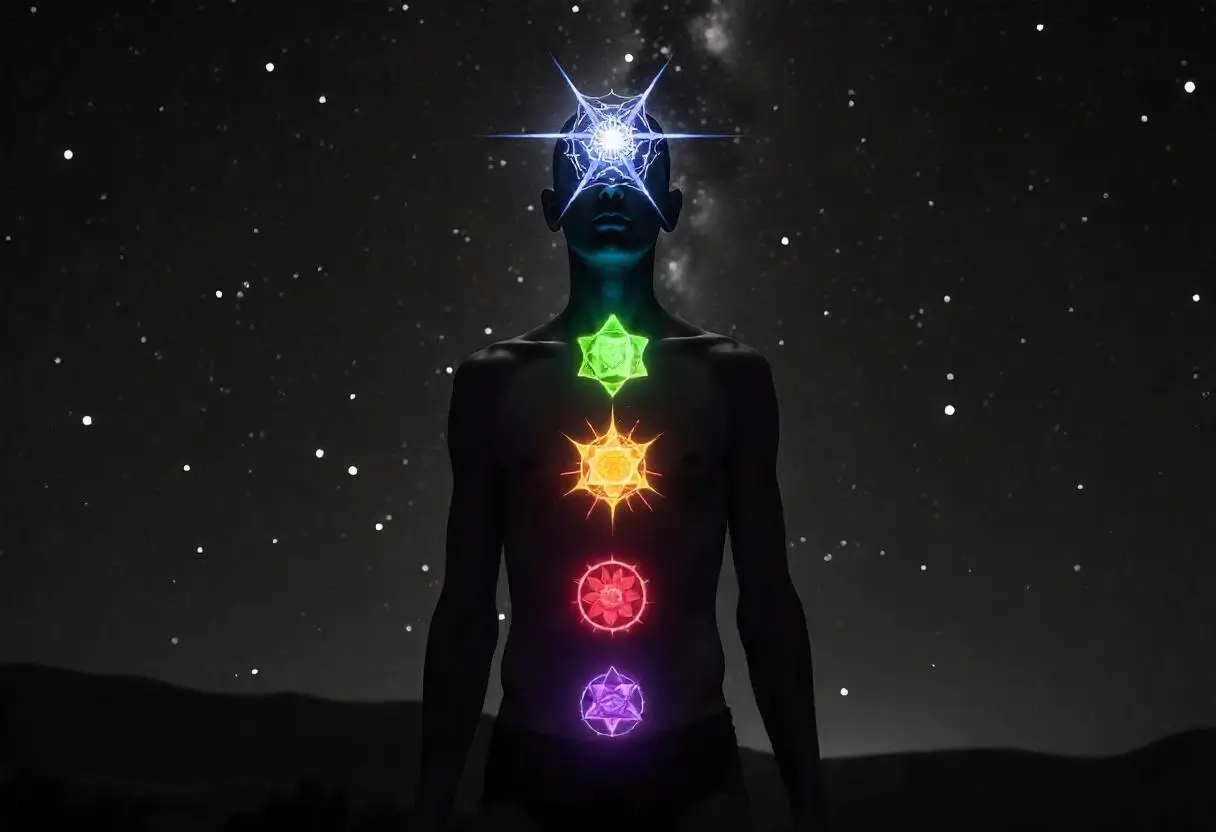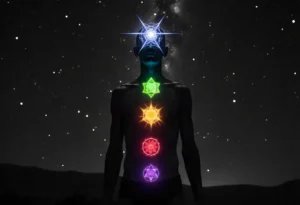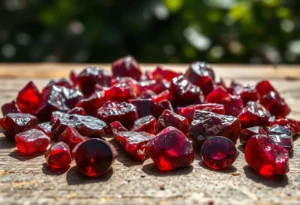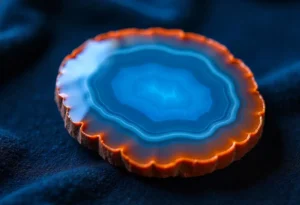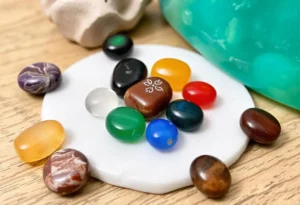What Are the Colors of the Chakras?
The human body houses seven chakras, energy centers that run from the base of the spine to the crown of the head. These chakras are vital sources of invisible energy that keep us active, vibrant, and balanced. Each chakra is associated with a specific color, reflecting its unique energy frequency. These colors—red, orange, yellow, green, blue, indigo, and violet—mirror the spectrum of a rainbow and shift based on our emotional and physical state.
Chakra colors are not merely symbolic; they represent our current emotional, spiritual, and physical well-being. The energy flow through these chakras can be influenced by emotions, thoughts, and physical health. When chakras become blocked or unbalanced, energy flow is disrupted, potentially leading to physical or emotional ailments.
The colors of the chakras are deeply intertwined with the principles of stone color therapy, which explores how each hue influences energy and emotions. Learn more about this fascinating connection in our article on Stone Color Therapy: Understanding the Energy Behind Each Hue.
Below, we explore the seven chakra colors, their significance, and their impact on our overall well-being.
The Seven Chakras and Their Colors
-
Root Chakra (Red)
- Sanskrit Name: Muladhara Chakra
- Location: Base of the spine
- Importance: Represents survival, vitality, and our connection to the physical world.
- Effects of Imbalance: Fear, insecurity, and instability.
-
Sacral Chakra (Orange)
- Sanskrit Name: Svadhisthana Chakra
- Location: Below the navel
- Importance: Governs emotions, creativity, sexuality, and compassion.
- Effects of Imbalance: Emotional instability, lack of creativity, and reproductive issues.
-
Solar Plexus Chakra (Yellow)
- Sanskrit Name: Manipura Chakra
- Location: Upper abdomen
- Importance: Source of personal power, self-confidence, and professional success.
- Effects of Imbalance: Low self-esteem, lack of direction, and digestive problems.
-
Heart Chakra (Green)
- Sanskrit Name: Anahata Chakra
- Location: Center of the chest
- Importance: Represents love, relationships, and emotional balance.
- Effects of Imbalance: Jealousy, insecurity, and difficulty in relationships.
-
Throat Chakra (Blue)
- Sanskrit Name: Vishuddha Chakra
- Location: Throat area
- Importance: Facilitates clear communication and self-expression.
- Effects of Imbalance: Difficulty expressing oneself, sore throat, and dental issues.
-
Third Eye Chakra (Indigo)
- Sanskrit Name: Ajna Chakra
- Location: Between the eyebrows
- Importance: Governs intuition, imagination, and spiritual insight.
- Effects of Imbalance: Lack of focus, poor decision-making, and headaches.
-
Crown Chakra (Violet)
- Sanskrit Name: Sahasrara Chakra
- Location: Top of the head
- Importance: Connects to spirituality, enlightenment, and universal consciousness.
- Effects of Imbalance: Confusion, detachment, and difficulty finding purpose.
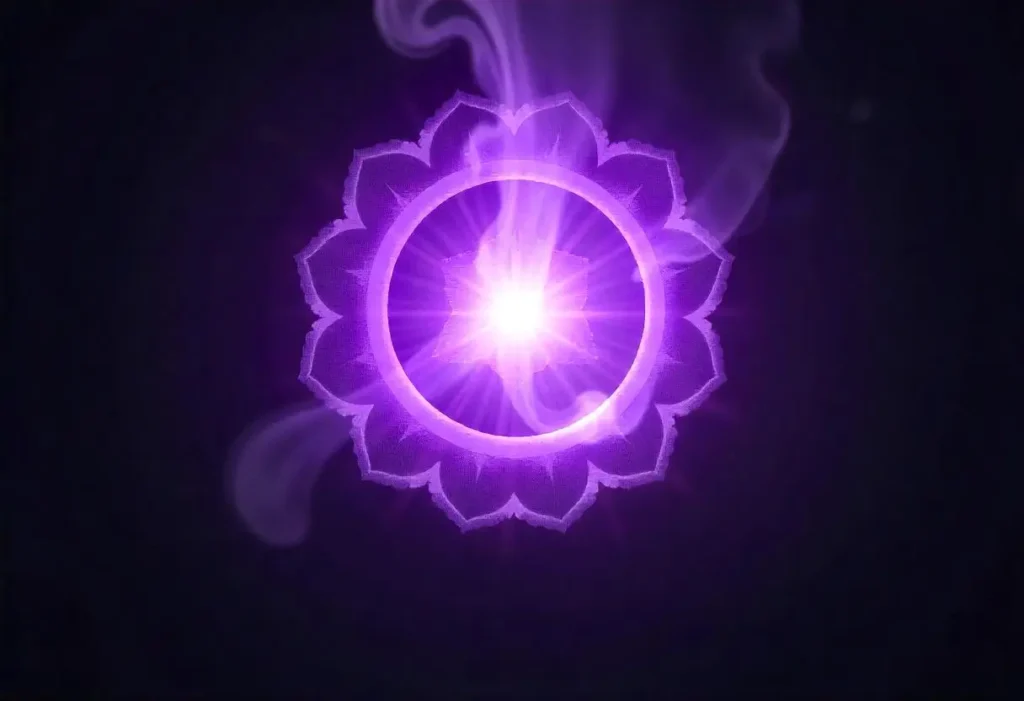
Why Chakra Colors Matter
Chakra colors act as indicators of our energy flow and emotional state. For instance, a vibrant green heart chakra reflects love and compassion, while a dull or murky green may signify emotional pain. Maintaining balanced chakras ensures harmony between the mind, body, and spirit.
If you’re curious about how colors, stones, and treatments come together to influence the chakra system, don’t miss our articles on Stone Color Therapy, Chakra Stones, and Chakra Treatment for a deeper understanding.”

